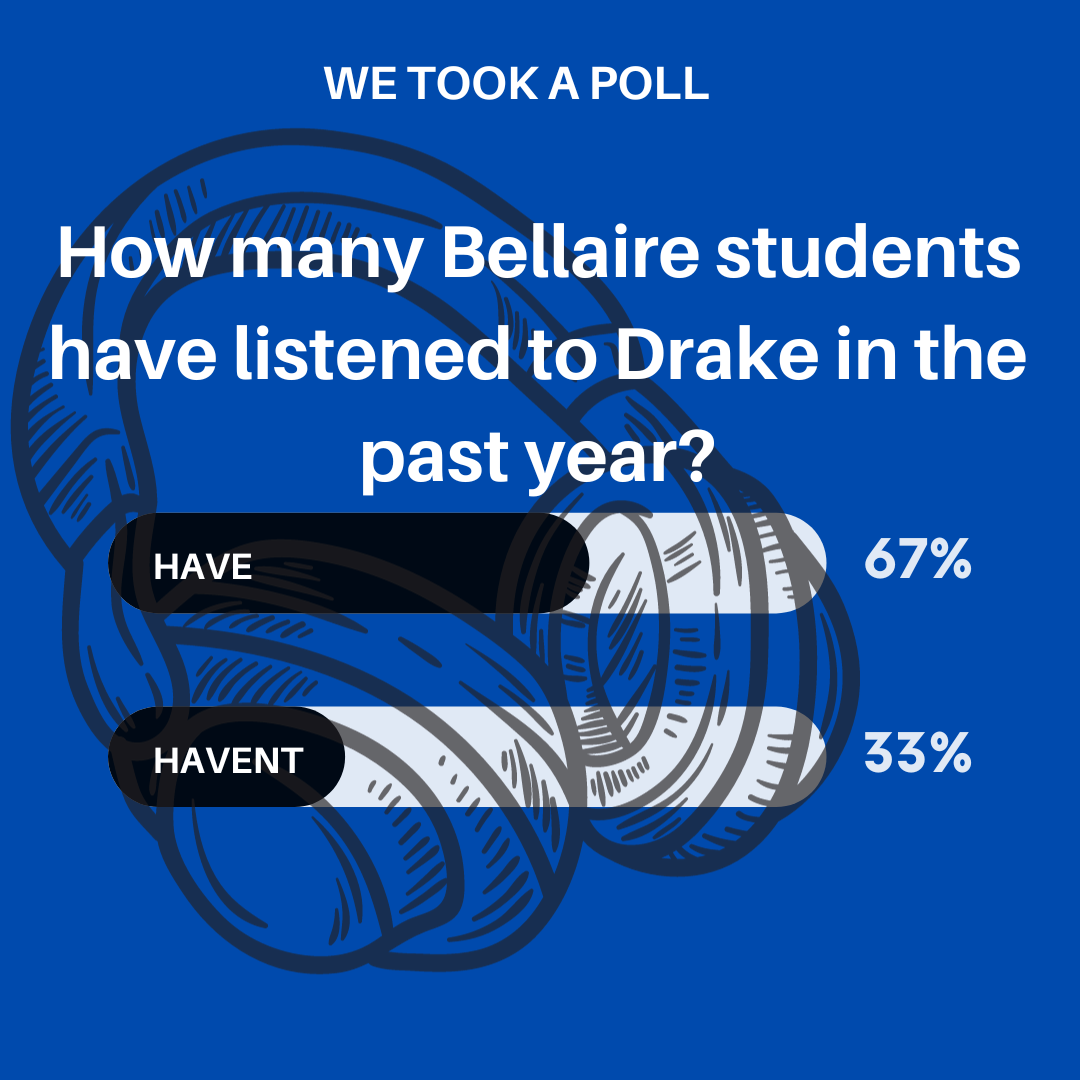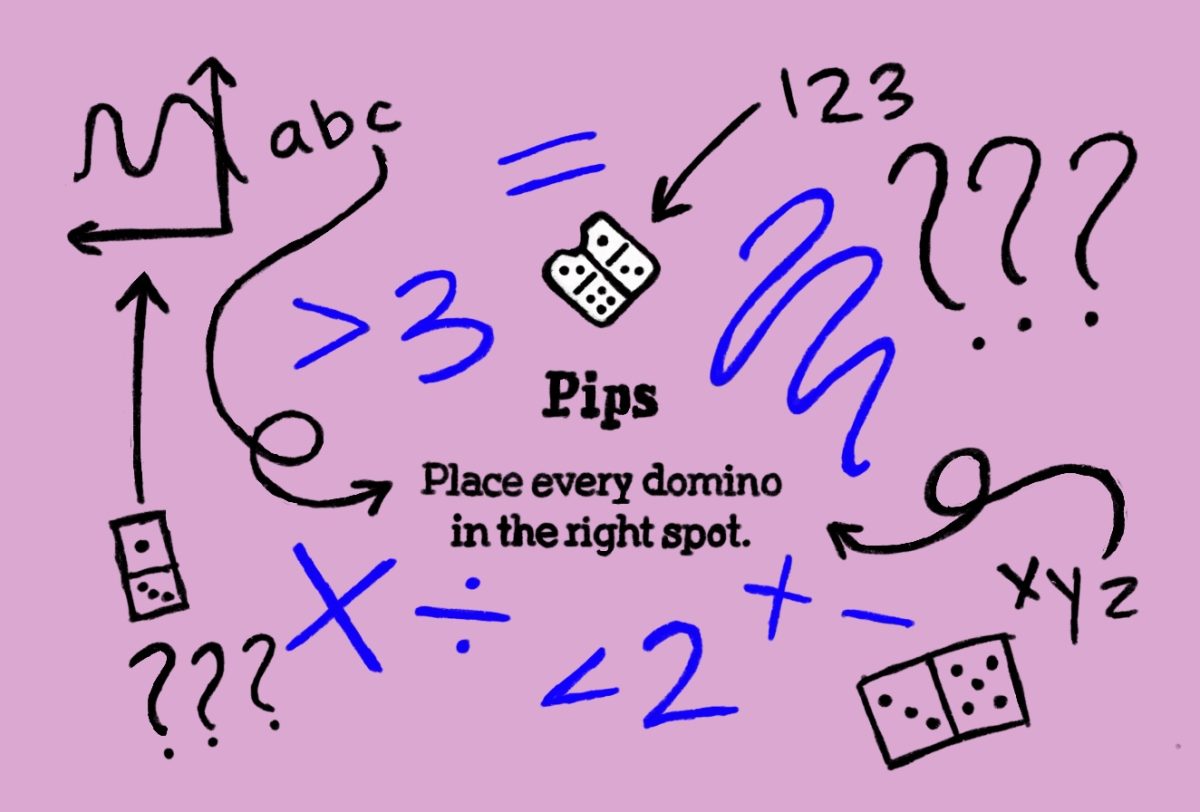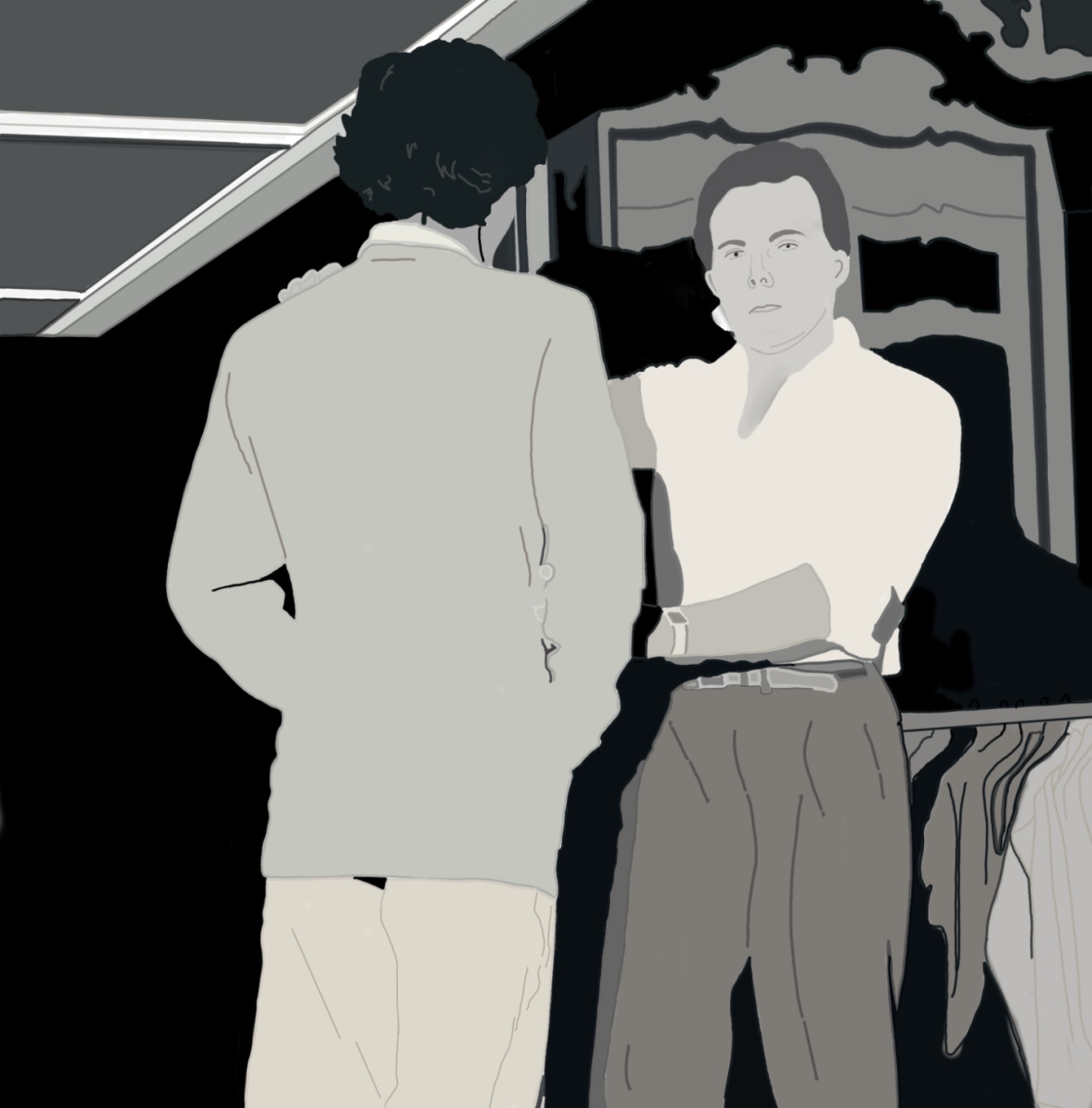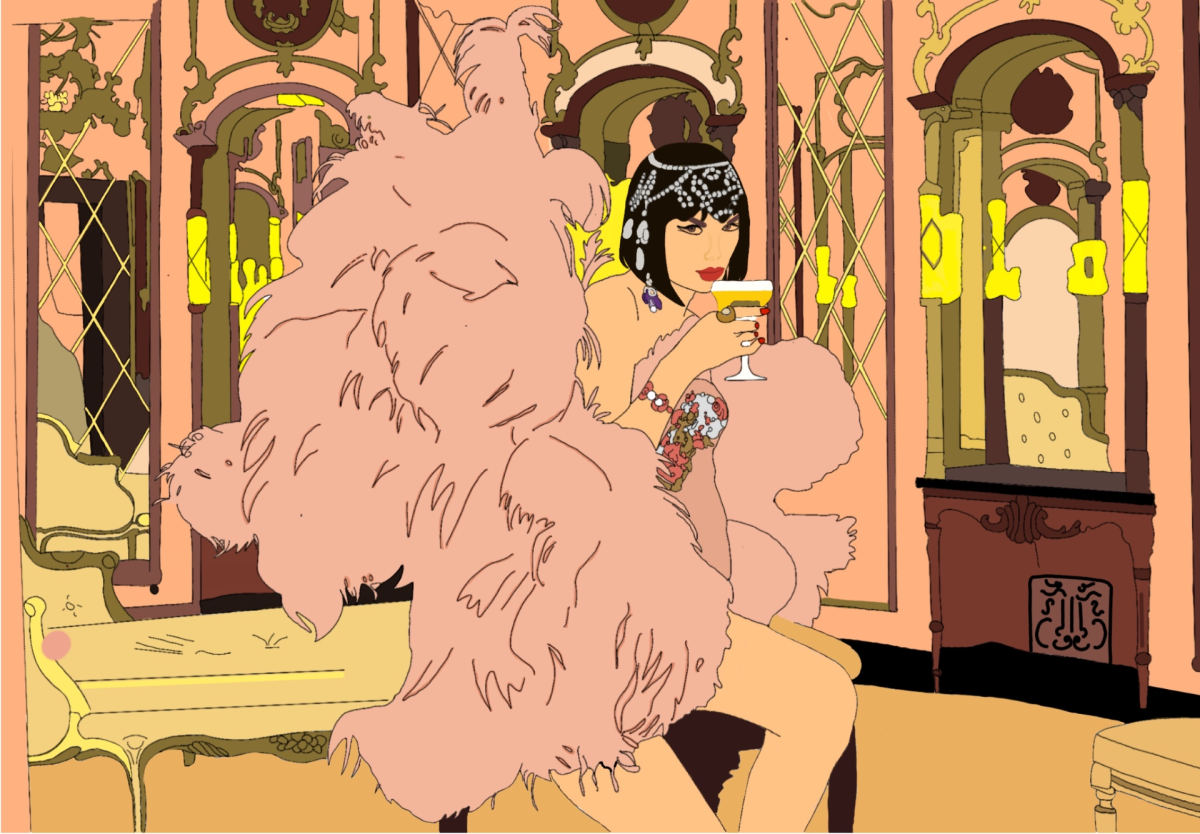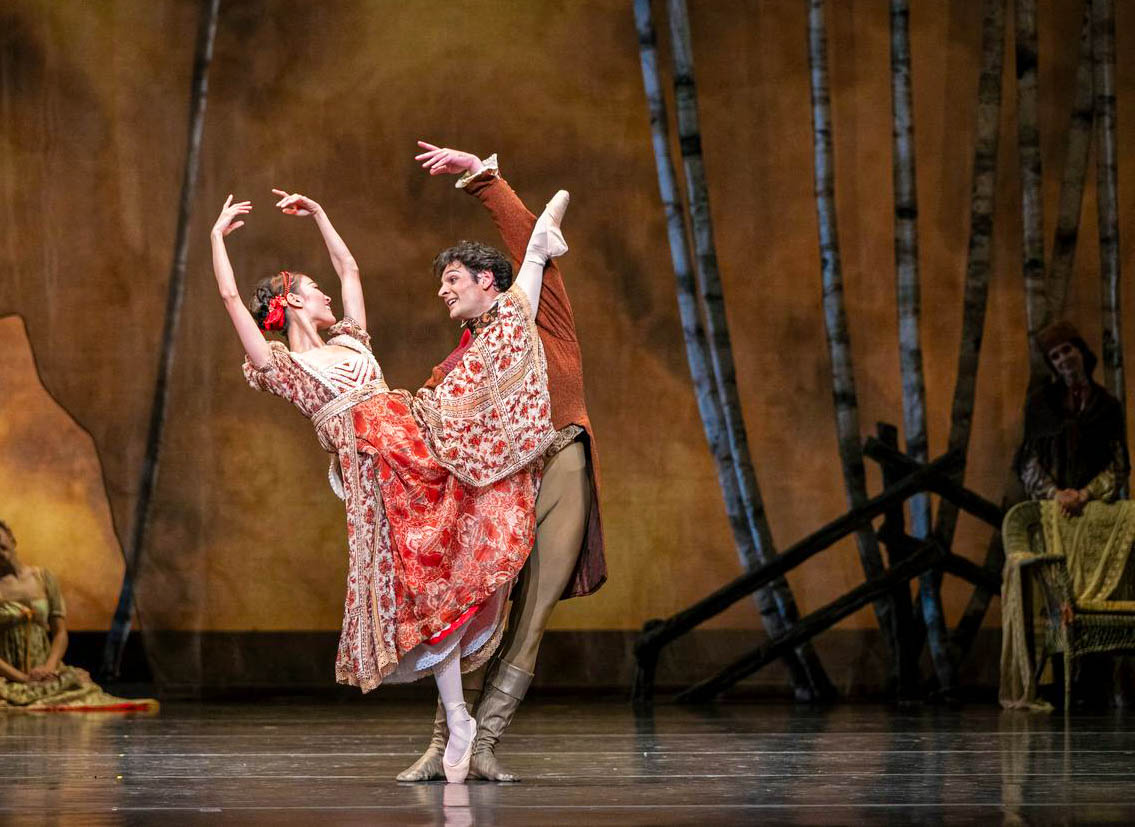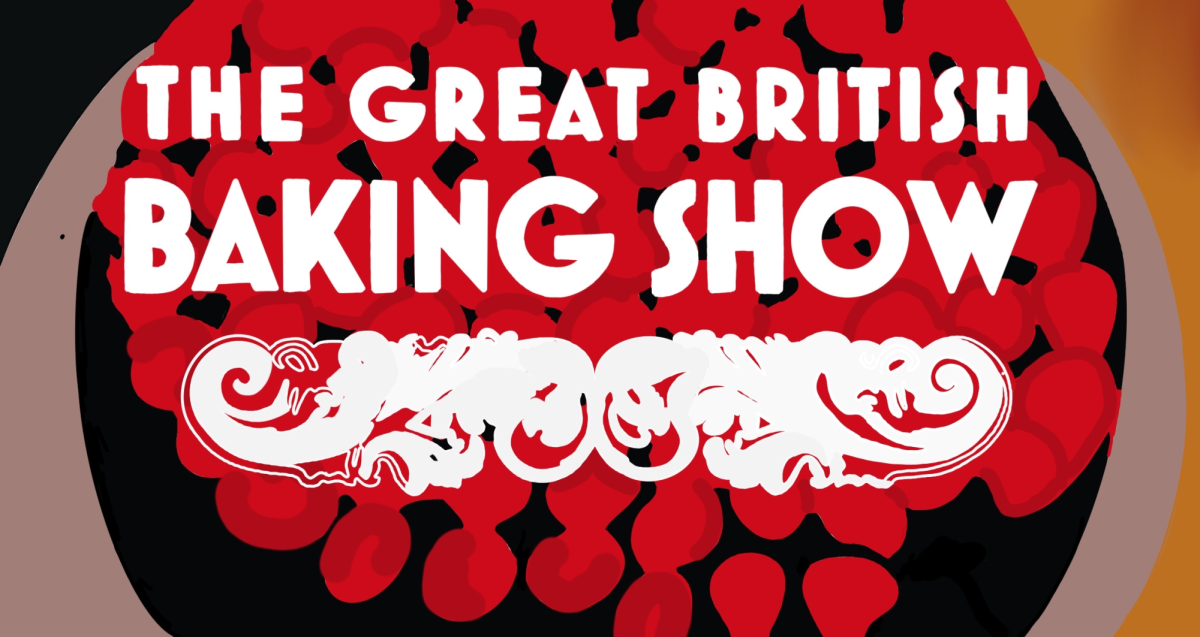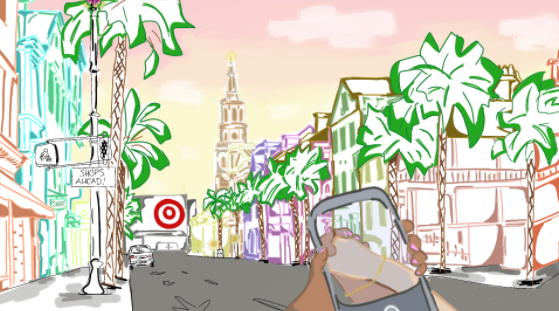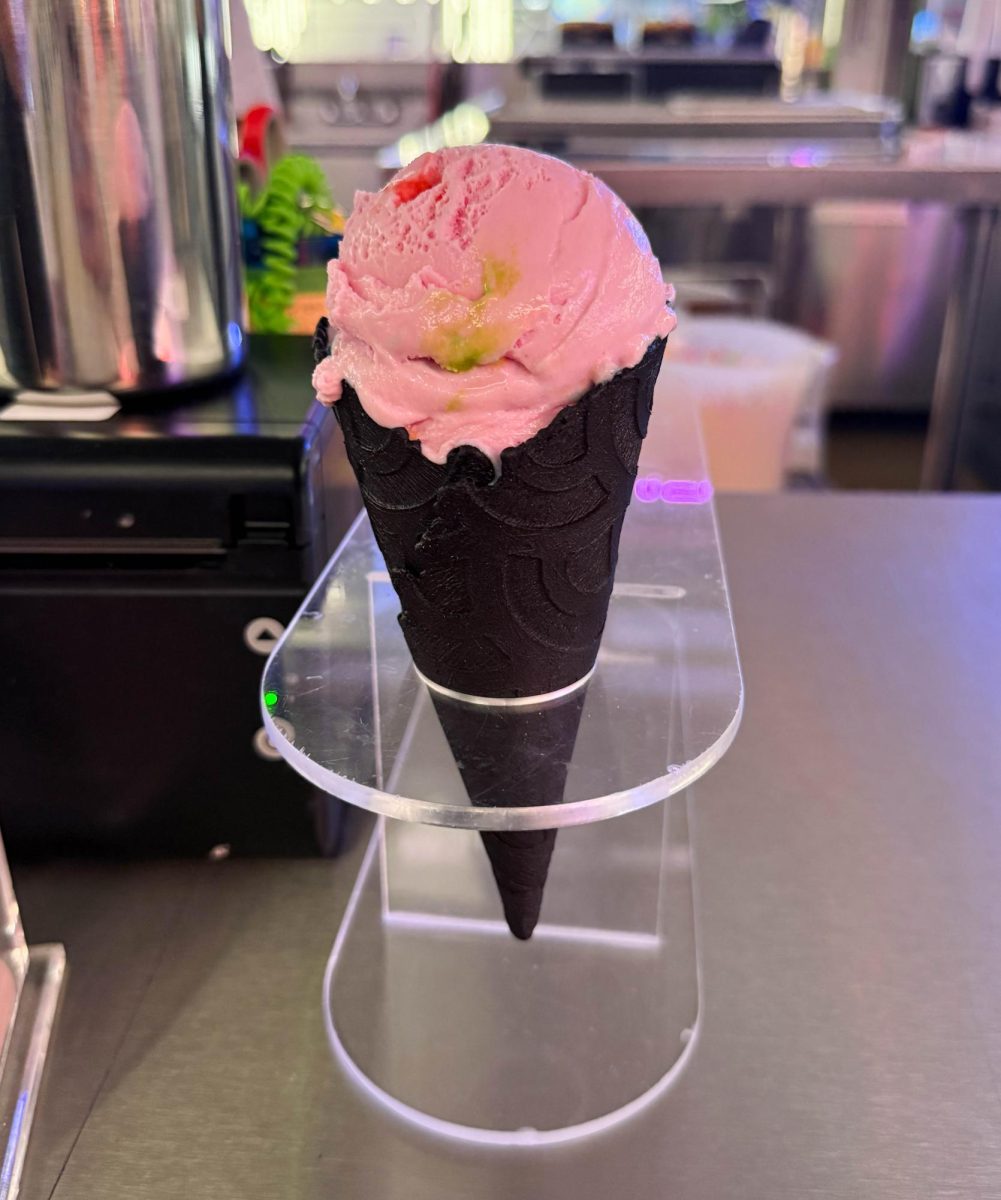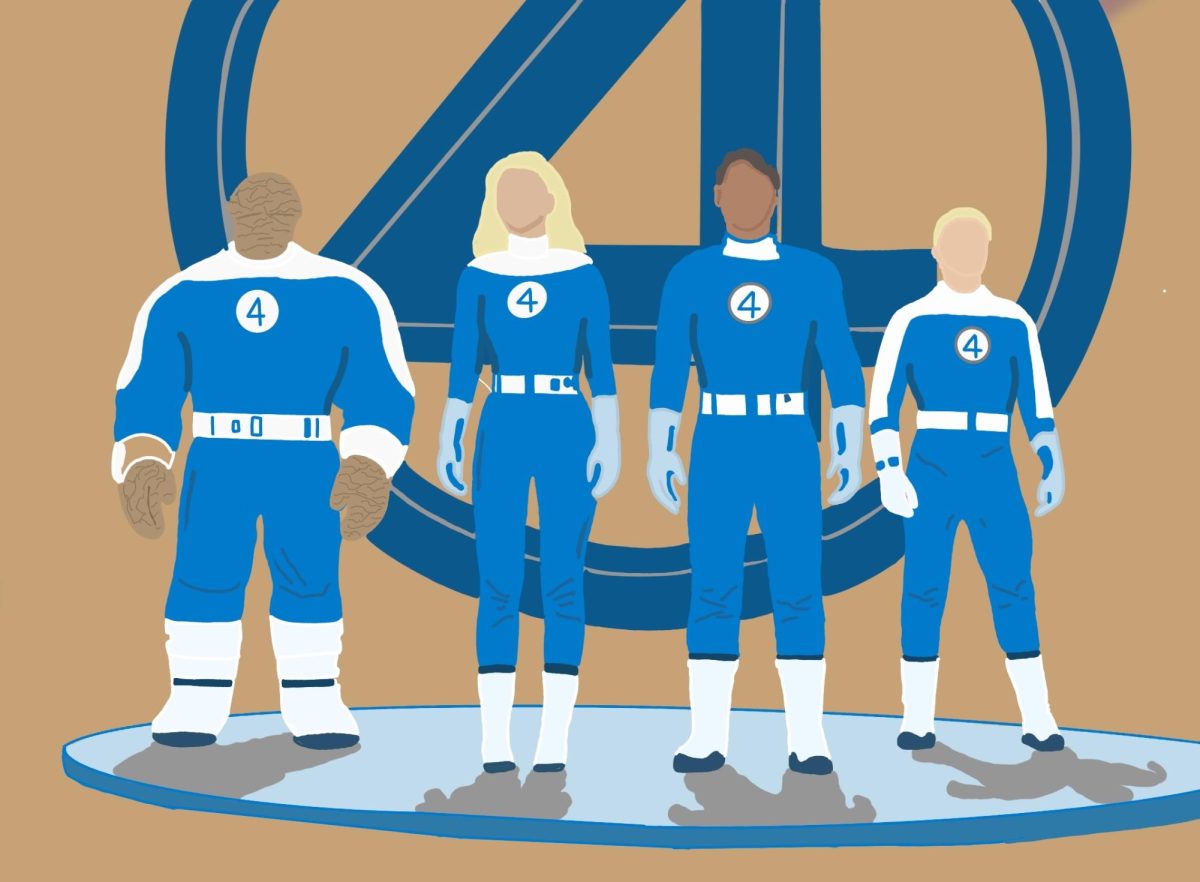Aubrey Drake Graham, better known as Drake, is no stranger to accomplishments.
All 23 songs on the Toronto-born superstar’s most recent album, “For All the Dogs,” charted on Billboard’s Hot 100; “First Person Shooter,” featuring J. Cole; “IDGAF,” featuring YEAT; and “Virginia Beach” all charted top three in the week of Oct. 21, 2023. In addition, he is the first artist to reach 300 total chart hits and ties with Michael Jackson as the male solo artist with the most No. 1 songs in Billboard Hot 100 history at an honorable 13.
Though, despite these accolades, many argue that Drake has completely fallen off, and that his music simply isn’t worth listening to anymore.
Drake landed a major role in the well-known series “Degrassi: The Next Generation” at 14 years old. Drake said he “really [got] into that hip-hop phase” between the ages of 17 and 18 in a GQ interview. Little did he know that this relatively new interest in hip-hop would be the start of a musical career never seen before in the music industry.
He came out with his first two mixtapes, “Room for Improvement” and “Comeback Season,” while still on the set of “Degrassi: The Next Generation” between 2006 and 2007. That drive and by-any-means-necessary attitude towards his musical goals is exactly what propelled Drake into his breakthrough in 2009 and beyond.
Since then, the signee of Cash Money Records and eventual owner of the record label October’s Very Own (OVO) had dropped hit after hit. His first full-length album “So Far Gone” and its hit single “Best I Ever Had” in 2009, “Thank Me Later” (2010), along with “Take Care” (2011) and “Nothing Was the Same” (2013) are consistently recognized as albums made during Drake’s “prime” era. I’ve come to notice, though, that this claim is made by millennials and Gen X adults who were around when Drake’s discography, varying from tales about ex-girlfriends and beef with fellow superstars to collaborations with Nicki Minaj and Lil’ Wayne, dominated the charts.
His later discography, consisting of the surprise-release “If You’re Reading This It’s Too Late” (2015), “Views” (with its nostalgic tunes “One Dance” and Grammy-winning “Hotline Bling”) (2016), and “More Life” (2017) tends to appeal to older Gen-Z kids who were in their teens or early adolescence at the albums’ release. This lineup of releases from Drake features melodic, reminiscent vocals and clever bars that blend in with catchy, suave beats in comparison to the exhilarating, expensive and groundbreaking sound that Drake once took on from 2009 to 2011.
Described by Rolling Stone as Drake’s “imperial phase,” this era taps into a vulnerable side that his listeners weren’t previously part of. Naturally, older generations may find this switch up to be off-putting as this era no longer fixates on Drake hustling to make a name for himself and delivering heavy-hitting bars; but rather a mix of hype, party-worthy bangers and romantic ballads that give off the impression that they could have been journal entries.
The concept of Drake “falling off,” however, mainly came up in the last 5 years. 2018’s “Scorpion” (that featured the global sensation “God’s Plan”), 2019’s “Care Package” and 2020’s “Dark Lane Demo Tapes” received less criticism overall,
This lack of criticism was short lived as the follow-up EP “Scary Hours 2” and album “Certified Lover Boy” (2021) coincided with surprise albums “Honestly, Nevermind” and “Her Loss” (2022) as projects that undeniably came up short to listener’s expectations. These albums/EPs get repetitive as Drake cycles through boasting about his wealth and the women in his life to complaining about the amount of hate he receives in every other song.
Songs such as “The Remorse” from “Certified Lover Boy” and “8am in Charlotte” on Drake’s most recent album “For All the Dogs” (2023) are examples of one to three songs on each album that will provide the listener with a glimpse of “old Drake” before falling back into predictable tempos and lackluster bars that will have one feening to skip to the next song, hoping to hear something worth sticking around for and not just making a 10 second Tiktok to.
It’s undeniable that social media popularizes these lackluster songs, earning them the most streams. So even if Drake haters suggest that this era of his music is falling off, he will continue to top the charts globally as he follows this trend of making songs especially for younger generations and social media consumers.


